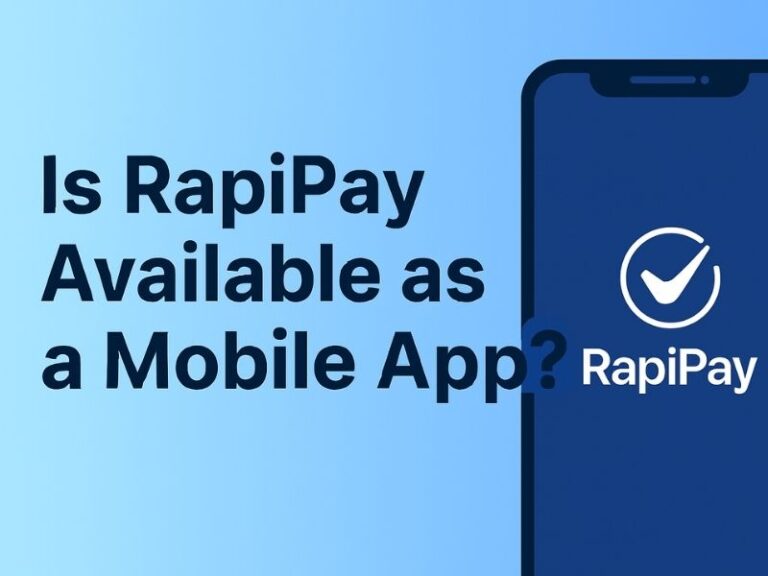When you look at the smartphone market today, you will notice one thing very clearly – many Android brands follow what Apple does with the iPhone. From the notch design to the removal of headphone jack, from flat edges to dynamic island style, everything starts with iPhone and then slowly comes to Android phones. This is something we see every year. But why does this happen? Why do Android brands copy iPhone all the time? Let’s understand the full story in detail.
iPhone Sets the Trend in the Market
The first reason is very simple – iPhone is a trendsetter. When Apple introduces a new feature or design change, it becomes the talk of the town. People start talking about it everywhere, on social media, tech blogs, and in daily conversations. When something becomes popular, other companies do not want to stay behind. So, they try to bring the same feature in their phones too.
For example, when Apple removed the headphone jack with the iPhone 7, people criticized it a lot. But within a few years, most Android brands also removed the headphone jack. Now, almost all flagship phones come without it. This shows how Apple creates a new standard in the market.
The Premium Look and Feel Factor
Another big reason is the premium look of iPhone. Many buyers still feel that an iPhone looks more classy and premium than most Android phones. Brands like Samsung, Xiaomi, Realme, Oppo, and Vivo want their phones to look premium too, so they take design inspiration from iPhone.
If you check many recent Android models, you will notice flat sides and a similar camera design. Even in the budget category, phones try to copy the iPhone look. For example, some phones in the mid-range segment now come with flat edges like iPhone 14. This is done because buyers like that style, and companies want to attract them.
Competitive Market Pressure
The smartphone industry is very competitive. Every company wants to grab more market share. When a feature becomes popular on the iPhone, Android brands feel that they also need to offer it, otherwise people will think their phones are outdated. So, they adopt the same feature very quickly.
For instance, Apple introduced Face ID for unlocking the phone securely. Soon after, many Android brands also introduced face unlock, though some used different technology. This is how competition forces companies to follow Apple’s ideas.
Marketing Advantage
Copying the iPhone is not just about features, it is also about marketing and sales. When customers see an Android phone that looks like an iPhone but costs much less, they get attracted. It gives a sense of owning a premium design at a lower price. This is why many budget and mid-range phones use iPhone-style designs.
For example, the recently launched Tecno Spark Go 5G offers a stylish design inspired by premium models. Even though it is affordable, the brand has added features that make it look modern and attractive for users who want style without spending too much.
Apple Creates a New Standard
Apple does not just launch a feature; it sets a new industry standard. When Apple introduced the notch in iPhone X, many Android fans made fun of it. But later, most Android phones also started using the notch or similar designs. The same thing happened with Dynamic Island in iPhone 14 Pro. Soon after, many Android brands started adding similar floating notification bars.
Why does this happen? Because people start considering these features as modern and advanced. So, other brands have no choice but to follow.
Customer Expectations Play a Big Role
Another important reason is customer demand. Many smartphone buyers see what iPhone is offering and then expect the same in Android phones. For example, when Apple introduced MagSafe wireless charging, many users wanted similar accessories for Android too. As a result, brands like Realme started introducing their own magnetic charging solutions.
Even in the software experience, Android brands copy some UI changes from iOS because people like the clean and simple style of iPhones. For example, many Android skins now offer control centers similar to iOS.
Why Android Brands Still Have Original Features?
While many features are copied, we cannot say that Android brands do not innovate. In fact, in some areas, Android brands lead the innovation race. Features like foldable displays, periscope zoom cameras, 108MP sensors, fast charging up to 240W came from Android brands first, not Apple.
So, copying happens mostly in design language and trend features, but Android is still strong in innovation. For example, Realme P4 Pro comes with cutting-edge performance and features that even iPhones do not have yet, like super-fast charging and higher refresh rate displays.
Examples of Features Copied from iPhone
Let us look at some popular features that first came in iPhone and later appeared in Android:
1. Notch Display
Apple introduced the notch in iPhone X for the front camera and Face ID. Soon, almost every Android brand started using a notch or similar cutout design.
2. Removal of Headphone Jack
Apple removed the 3.5mm jack in iPhone 7. At first, people criticized it, but now most premium Android phones also do not have a headphone jack.
3. Dynamic Island
The floating notification bar on iPhone 14 Pro became a trend. Within months, Android brands added similar features through software.
4. Flat Edge Design
The iPhone 12 series introduced a boxy flat-edge design. Today, many Android models also follow the same look to appear premium.
5. No Charger in Box
Apple removed the charger from the box saying it is for environmental reasons. Soon after, Samsung and other brands also did the same.
Is Copying Always Bad?
Many people think copying is bad, but in the smartphone industry, it is more like following successful ideas. If a feature is useful and people like it, then there is nothing wrong in adopting it. Also, Apple copies some features from Android too. For example, large displays, widgets on home screen, always-on display – these came to Android first.
So, it is not just one-sided. Both Apple and Android learn from each other. This healthy competition benefits customers because we get better features every year.
What Does the Future Hold?
In the future, this trend will continue. Whenever Apple brings a new idea, it will inspire Android brands to adopt it. At the same time, Android brands will keep innovating in areas like fast charging, foldable phones, and AI features. So, we will see a mix of original innovations and inspired designs.
Final Thoughts
So, why do Android brands copy iPhone all the time? The answer is clear – trendsetting, premium look, customer demand, and market competition. Apple creates a standard, and Android brands bring it to different price segments, making it affordable for more people. At the same time, Android brands also bring their own innovations, so the market keeps evolving.
The next time you see an Android phone that looks like an iPhone, remember that it is all about business, marketing, and giving customers what they want.






